A guide to your range of options in commercial roof installations: Part 2
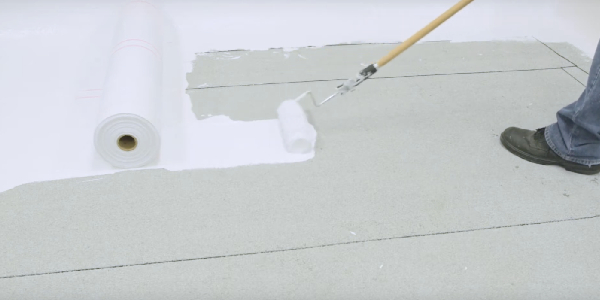
By Polyglass.
From product choices to installation techniques all the way to maintenance considerations, every job comes with a myriad of choices. Use this guide to help you make the best one for your project.
In Part 1 of this guide, we discussed the options contractors and clients encounter at the beginning of a project. This included the prep for the installation with a focus on understanding the needs of each system type. The types of systems covered included modified bitumen membranes, torch-down membranes and self-adhered membranes. These all act as the foundation of a project and have individual benefits. In this second part of the guide, we dive further into the project, beginning with underlayments.
Underlayments
In some commercial roofing installations, an extra layer will be needed underneath the roofing membrane. This is usually needed for extra water protection and is achieved by installing an underlayment layer before applying the membrane.
Underlayment sheets are fixed directly onto the roofing deck, which is usually a plywood frame that forms the first layer of a roof and covers the insulation. This is especially necessary for steep-sloped roofs. Underlayment sheets are typically made from asphalt-saturated felt, rubberized asphalt or synthetic materials.
Polyglass offers a versatile range of self-adhered underlayments for steep-sloped roofs. Specialized underlayments can offer specific protection to meet a wide variety of building needs. Polystick TU PLUS is designed as a tile roof underlayment, for example. Polystick XFR underlayment is a dual-compound layer that provides unrivaled fire protection and waterproofing.
Installation
All Polyglass underlayments feature industry-leading ADESO Self-Adhered Technology for quick and easy installation. These are installed in a similar way to the self-adhered modified bitumen membranes above.
After acclimatizing, the underlayment rolls are cut into manageable lengths and laid out onto the roofing deck. The protective film covering the adhesive layer is removed and the underlayment is pressed into place. Once a section has been completed, a pressure roller is used to ensure full adhesion.
Lifespan
Depending on the exact material used and the specific conditions of the roof, the expected lifespan of a roof underlayment could be anything from 12 to 20 years. All Polyglass underlayments come with a 30-year warranty to give you and your clients peace of mind.
Roof coatings
No matter how well a roof is maintained, it will eventually start to deteriorate. The expanding and contracting of the roof during temperature changes may eventually produce small cracks and tears that compromise the waterproofing of the system. Strong winds may blow pieces of debris across the roof, which can sometimes tear the membranes.
In these cases, many clients will assume that the roof will need a complete replacement. However, some products can patch up a roof’s wear and tear without changing the entire system. These products can add several years to the lifespan of a roofing system and are commonly referred to as roof coatings.
There are two broad types of roof coatings: asphaltic roof coatings and elastomeric roof coatings. Within these categories, different materials will be used to give the roof coating different properties. Polyglass offers a versatile range of roof coatings across these different types to suit any roofing application.
1 - Asphaltic roof coatings
Asphaltic coatings are usually made of aluminum, asphalt, bitumen or tar. They can only be used on roofs that are made from a similar material to the coating because asphaltic coatings cannot always adapt well to fluctuations in temperature. There are two main types of asphaltic roof coatings; fibered and non-fibered.
Fibered coatings
Fibered asphaltic coatings mix different fibers, such as fiberglass, with the base material of the coating to increase the strength of the mixture. While this does make the coating less capable of adapting to temperature changes on the roof, it works well when the roof needs extra protection against abrasion from the elements.
Some of Polyglass’ innovative fibered roof coatings include the PG 650 aluminum coating that helps to boost UV reflectivity and the PG 300 coating, which enhances the durability of a roof when confronted with surface abrasions.
Non-fibered coatings
Non-fibered asphaltic coatings do not contain any additional fiber materials within the coating mixture. This doesn’t make the coating more resistant to tears, but it does allow the mixture to remain flexible enough to adapt to changing temperatures on a roof.
Polyglass’ range of non-fibered asphaltic roof coatings includes the PG 200 modified asphalt coating, which provides extra protection for metal and stone roofing systems.
2 - Elastomeric roof coatings
Elastomeric coatings are commonly made using acrylic or silicone and can expand and contract with a roofing system as it responds to fluctuating temperatures. This makes elastomeric coatings more compatible with a larger array of roofing types than asphaltic coatings.
Polyglass’ range of white elastomeric coatings is part of the Kool Roof Solutions range to help reduce heat loss and increase UV resistance, leading to a more energy-efficient roofing system.
Acrylic coatings
Acrylic roof coatings are a good choice if a roof requires more protection from ultraviolet rays, which can help to increase the energy efficiency of a roof. Acrylic coatings are applied as a liquid to create monolithic seals for strong protection against water. They are usually less expensive than silicone coatings but can be more brittle in extreme weather conditions.
Polyglass has a comprehensive range of acrylic roof coatings, including the Polybrite 55 coating designed for Sprayed Polyurethane Foam (SPF) roofs and the PG 700 coating that helps to keep a roofing system cool as well as defending it against ultraviolet rays.
Silicone coatings
Silicone elastomeric roof coatings act as sealants that prevent air and water from penetrating cracks in the roof. This helps to increase moisture resistance. Silicone coatings are more durable than acrylic mixtures as they have a higher content of solids. Silicone coatings are usually brushed onto the roof.
Polyglass’ versatile range of silicone elastomeric roof coatings includes the Polybrite 90 and 95 coatings which help to enhance the reflectivity and UV resistance of a roof, making it more energy-efficient.
Accessories
In addition to membranes, underlayment and roof coatings, several other roofing products can be useful during a commercial roofing installation. Here are some examples of these accessories, using Polyglass’ comprehensive range to illustrate each product.
1 - Cover boards
Cover boards are additional layers of fire-resistant protection that are placed between roof insulation and the roofing membranes. They are particularly useful for protecting against the hot adhesives used during torch-down roof application. Polyglass offers three types of cover boards: the asphalt Polyboard E, Polyboard W and the polyisocyanurate Polytherm HD.
2 - Flashing strips
Products like Polyglass’ Elastoflex SA V flashing strips are often used to provide additional waterproof barriers around the frames of adjacent roofs, chimneys, vents and windows. The Elastoflex SA V flashing strips feature an SBS compound and ADESO Technology for dependable durability and quick installation.
Flashing strips can be used in conjunction with a sealant such as PolyFlash 1C for extra waterproofing protection in vulnerable areas.
3 - Granules
Granules, such as Polyglass’ PG granules, are usually added to mineral-surfaced membranes as an extra layer of UV and weather protection.
4 - Insulation
Insulation is installed underneath the roofing membrane layers to help keep heat within the building. There are various types of roofing insulation, and Polyglass offers three main insulation products; the PolyPUF SPF insulation and the Polytherm and Polytherm G polyisocyanurate insulation.
5 - Reinforcement materials
Reinforcement materials can be used either to help repair a damaged roof and reinforce various seam mastics to increase the lifespan of a roof. Polyglass offers three reinforcement materials; Reinforcing Cotton, Reinforcing Fiberglass and Reinforcing Polyester.
Original article source: Polyglass
Learn more about Polyglass in their Coffee Shop Directory or visit www.polyglass.us.

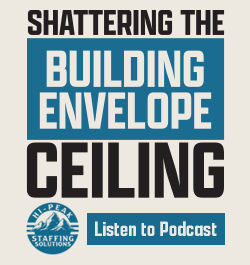
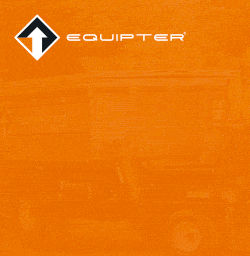
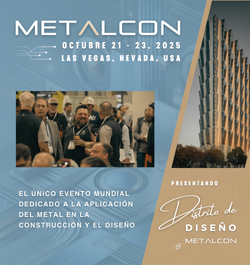









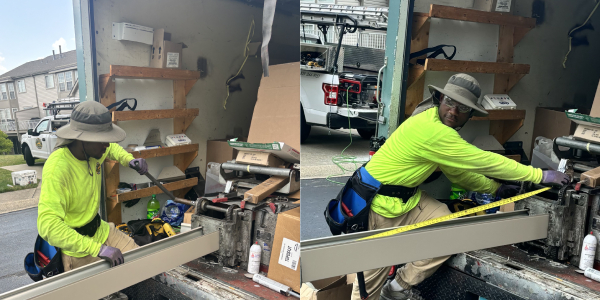
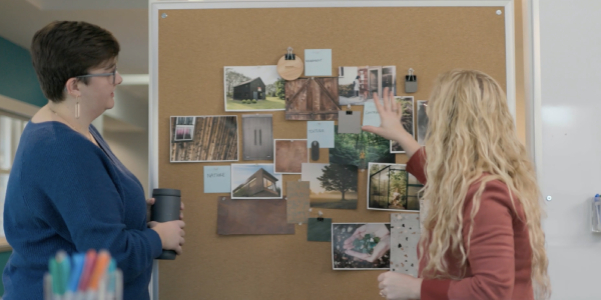
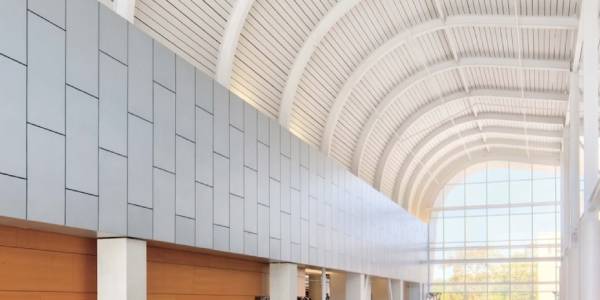






Comments
Leave a Reply
Have an account? Login to leave a comment!
Sign In